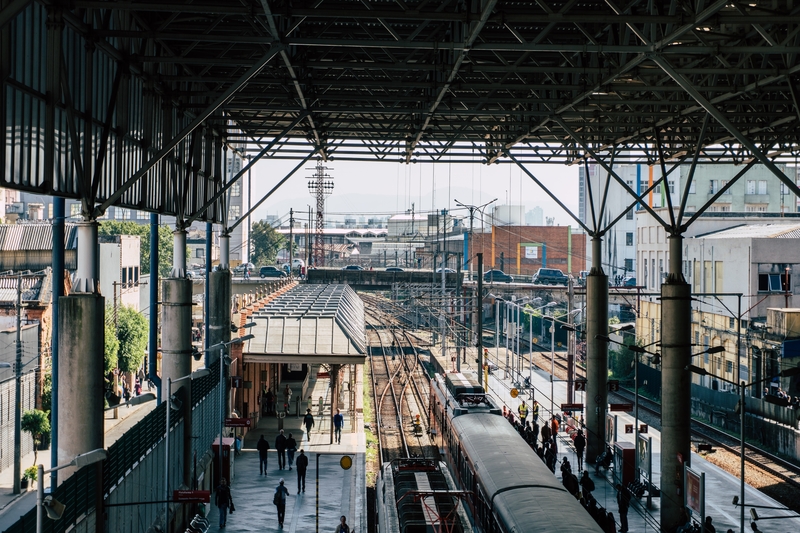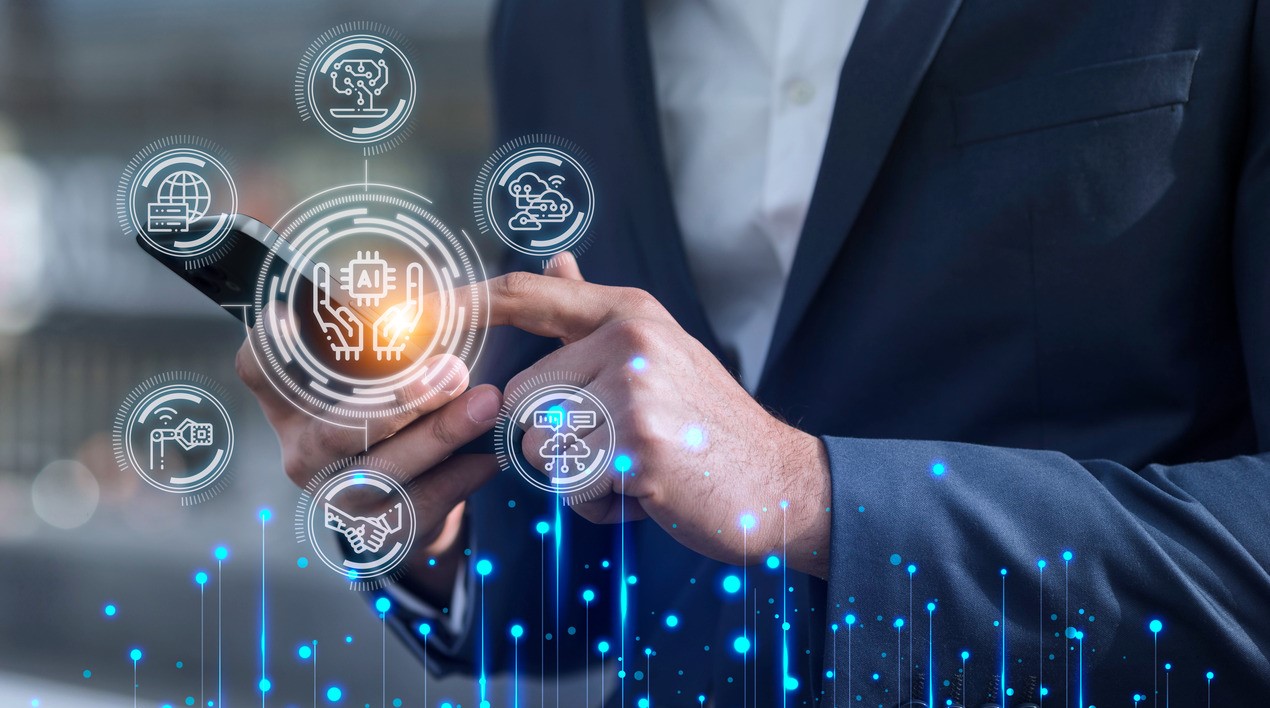
The Indian Railways is the fourth-largest rail networks in the world. It has 67,368 kilometres of tracks and 22,550 trains that carry 22.24 million passengers, and 3.04 million tonnes of freight every day.
Electricity and diesel are primary sources of energy for the country’s trains. At present, around two-thirds of freight and more than half of passenger traffic in Indian Railways are carried by electric traction (engines). However, electric traction accounts for only 37% of the total energy expenses of Indian Railways.
Therefore, to reduce its dependence on imported diesel fuel and carbon emissions, the Indian Railways have launched a programme to speed up the electrification of Railway Lines. It plans for the complete electrification of Indian Railways in the next four years.
The Ministry noted 30,212 route kilometres (RKM) of railways are already electrified. Electrification work is in progress on 33,658 Route kilometres which includes 13,675 route kilometres that were sanctioned in September 2018.
The sanctioned cost of the electrification project is around US $4.2 billion (IN ₹29,486 crores).
With the complete electrification railway routes, the Indian Railway’s energy bill is expected to reduce by about US $1.8 billion per annum (IN ₹13,000 crores per annum). Furthermore, the consumption of fossil fuel (diesel) will reduce by about 2.8 billion litres, which will lessen the country’s import dependency.
Keeping in line the redevelopment of railways, according to another press release, the Ministry is providing Wi-Fi services in 715 railway stations in the country.
The Ministry aims to target the implementation of Wi-Fi services in 5,734 railway stations. RailTel Corporation of India Limited (RCIL), a public sector undertaking (PSU) under the Ministry signed an agreement with a private service provider to deliver free Wi-Fi at 438 stations in the country.
The RCIL has also signed a MoU with the Universal Services Obligation Fund (USOF) under the Department of Telecommunications (DoT) to provide Wi-Fi services to 200 rural railway stations.
Passengers can book tickets through the Indian Railway Catering and Tourism Corporation (IRCTC) mobile app, through various payment modes enabled by Government or private banks through Multiple Payment Providers. Presently, there are five Multiple Payment Providers available on the IRCTC mobile app.
Government-enabled payment gateways are net-banking, debit cards, credit cards, and Unified Payments Interface (UPI).
The Government has unveiled new software called the e-Drishti (Hindi for vision) interface. This software provides summary information about the train schedules. It also offers information on current trains running on the Indian Railway network.
Additionally, details of freight earnings, freight loading and passenger earnings for the previous day, month and cumulative for the year, in comparison to the corresponding period of the previous year are all available on the software.
















